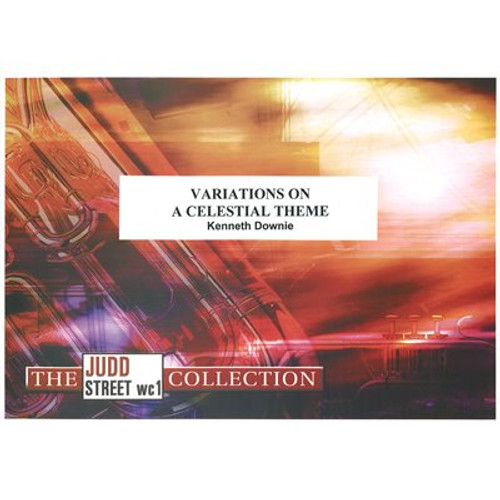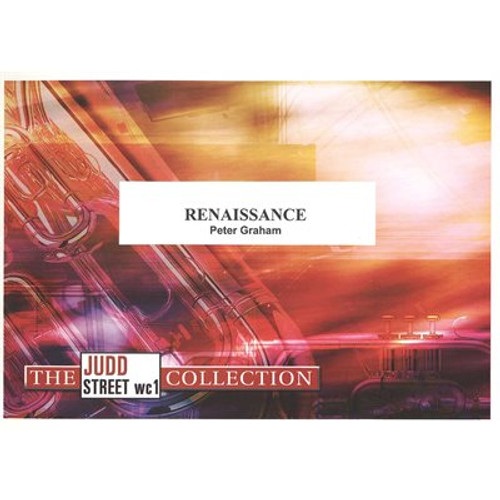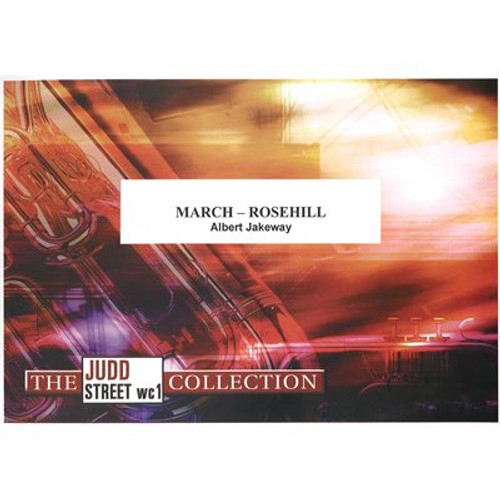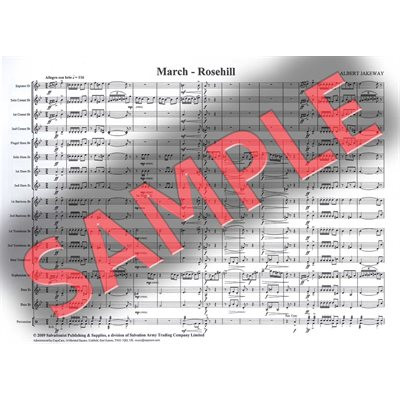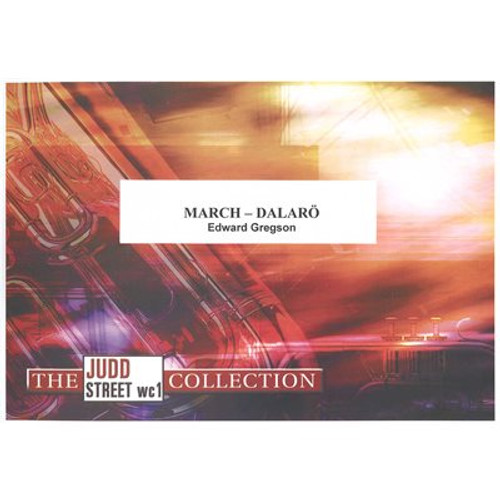Product Description
Comments by Lieutenant-Colonel Dr Ray Steadman-Allen
We present a fine and original work in this set of variations. It has made an instant appeal to audiences and, in our experience, the players have enjoyed their participation as well. The theme, by Sir Hubert H. Parry, is a noble one and the variations ᄀᆰ whilst of course demonstrating the idioms of a later age ᄀᆰ preserve the sense of spacious elevation. There are give variations, the theme being heard in full only at the end. The variations were written in connection with a visit to Britain of the London, Ontario, Band, the Bandmaster at that time being the composer's brother, Bramwell.
Introduction ᄀᆰ The music begins with two strong Trombone statements of the opening notes of the theme answered by the full ensemble; this is striking in effect. Aim at securing compact chords and measured rhythmic shapes. At the fifth bar the Cornets and Trombones give for a short fanfare-like figure leading to a massive fortissimo tutti. In order to ensure that these bars a really climatic the conductor should discipline his forces, keeping the preceding forte markings proportional to the fortissimo. Over a held pedal chord we now have little statements of the theme-fragments which usher in the ostinato bass of the first variation. These four bars are to be delicate with a hint of suspense.
Variation I (Sections B to C) ᄀᆰ Lightly pointed basses maintain a figure (ostinato) over which a melody is developed. Keep the tempo steady as any rushing will spoil the poise of the tune. The contrapuntal effect when the Cornets take over the melodic line is most intriguing. Section C will probably require rather close study; note the composer's sub-division of the 7/8: two crotchet beats remain as in the previous bars followed by what amounts to a beat and a half which many of us would conduct as a third crotchet beat plus an up-beat quaver, thinking 'one-two-three-and'.
Variation II (Sections D to G) ᄀᆰ There is a gentle, pastoral suggestion about the Siciliana. Very few, if any, problems are envisaged. The music is on the quiet side and anything of the dramatic would be right of the character; therefore give to the melodic phrases a singing quality, definitely nothing of the bravura or semi-epic. The composer has created much tranquil beauty from a simple device ᄀᆰ which is a not inconsiderable test of compositional technique and imagination. Remember too the fact that the variations offer contrast with each other; to take the listeners gently through the peaceful meadows will make for strong contrast with the driving, vital rhythms of the next variation.
Variations III (Sections H to L) ᄀᆰ This variation is something of a field day for the percussionists. Here, amid stabbing and stimulating figurations, they come into their own almost at the forefront of affairs; subtly, however, to begin with. Almost on tiptoe, hints of what is to come are given, there is even a lessening of volume, and then suddenly, the full robust weight is unleashed. Precisely-attacked chords respond in alternation with yet another Bass ostinato ᄀᆰ how effective this is in performance! Then comes the strong line, punched home time and time again. Crisp clarity at all time, strictly controlled as to tempo, this is exciting music: caution - it must not become coarse, we are playing music, not emptying sacks of coal. At J comes contrast-in-unity in the form of a chorale (easily recognized as a minor form of the theme), which is to be presented in an appropriately sustained manner. Other than a careful eye being kept on the neat dovetailing of the various interjecting parts (also at the end of the section) no special advice need be offered
Variation IV (Sections M to P) ᄀᆰ In this variation a sober mood prevails. The design consists of a tune (Euphonium); a middle section which passes thematic fragments around the band; a return to the tune, this time using the full band with the tune in octaves.
Variation V: Fugato (Sections Q to X) ᄀᆰ The final variation is not claiming to be a strict fugue, the purposes of the music are judged to be best served by treating a long fugue subject on fugal lines (the three entires preserving tonic tonality) and then moving forward toward a long-note theme with the general pattern being maintained in a counter-thematic role (counter in the sense of being a counter-point to the canto fermo, long-note theme). Everything has to be light: comment was made earlier about coal sacks, this is not the cart-horse! Lumpy playing will unfortunately make it just that, so beautifully articulated notes, precisely placed, blended, unified and with just that amount of rhythmic bounce is the formula sensitively to produce the composer's intention. His scoring ensures the requisite performance being given to the theme.
From T and into section U there is some development of the first fugal phrase; the style maintains, but mentally look forward to the eighth bar of U where begins the big tune of which these bars are a prelude or herald; you are building up to the big entry. When it arrives the tune is lengthy and might be short-winded in the playing. Every effort to sustain must be made. Perhaps some organization of 'staggered breathing' might be considered. At W a further statement of the fugal theme is commenced; some more development then leads to the hymn tune in full.
Theme and Finale (Section Y) ᄀᆰ Breadth and majesty should characterize the playing. Do keep it controlled! Having delivered himself of this subject the composer does not spend a lot of time in a peroration. Keep the tautness of it all through the final tremendous climax ᄀᆰ and let there be no inhibitions about making the fullest possible impact with the percussion thunder.
(sample music)
(view series guide)
Produced by The Salvation Army, SP&S, UK




